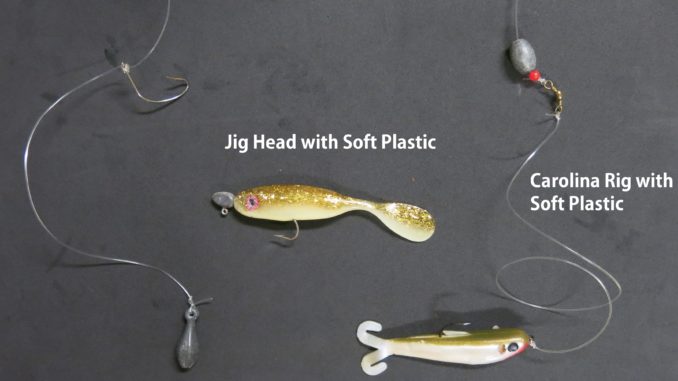
When anglers visit a tackle shop, they find plenty of rigs labeled “flounder rigs.”
But what makes the perfect flounder rig? The answer can be simple or more detailed, depending on the specific technique used.
Commercially labeled flounder rigs are a type of Carolina rig with a swivel, weight, cork and a trailing Kahle hook with or without a Colorado spinner blade attached. This rig can be a good option for flounder because it keeps the bait right off the bottom, and the blade provides plenty of flash, especially when using strips of bait. This rig is best for trolling and fishing in open water.
A Carolina rig without the spinner and cork can also be very effective, and is the most-common rig for targeting flounder in the South. It is preferred in areas where anglers are pulling live baits across sandy or muddy bottoms without significant structure. But fall anglers looking to fill a cooler with doormats need to fish tight to structure when possible.
Guide Tom Cushman frequently uses a drop-shot rig for targeting big flounder hovering tight to structure.
“I caught a 13-pounder a few years ago, and it was on the drop shot rig,” he said. “I can fish pilings much better with the drop-shot rig.”
Accuracy improves when the weight is tied at the end of the line instead of being a few feet up the line on a Carolina rig.
“If you miss a piling, you will not get as many bites as you can if you drop it within 8 inches of the piling, and the drop-shot rig helps you do that,” he said.
Also, Cushman likes the hook being 6 to 8 eight above the bottom.
“The elevated bait seems to make a difference when fishing around structure,” he said.
Cushman’s drop shot rig consists of a ¾-ounce sinker with a 1/0 or 2/0 Kahle hook tied 6 to 8 inches above the weight.
A jighead is a good way to improve casting accuracy and to get the bait to the fish. Depending on the current and the water depth, Cushman will use live mullet on a ¼- to ½-ounce jighead. He likes to use a jighead around docks and along jetty rocks.
When using a jighead or drop-shot, the live bait doesn’t have the freedom to swim around that it has with a Carolina rig, where the fluttering gives off vibrations in the water that drive flounder crazy.
Flounder will eat practically any live bait they encounter in the fall, but anglers need to get the bait into the fish’s field of view to get it eaten.

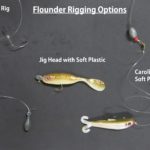
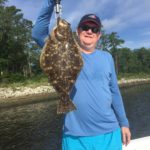

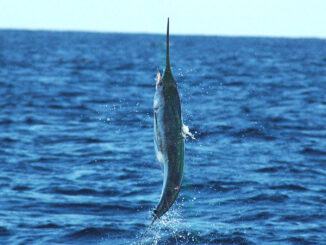
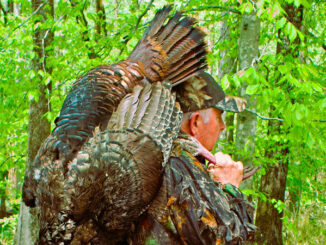

Be the first to comment